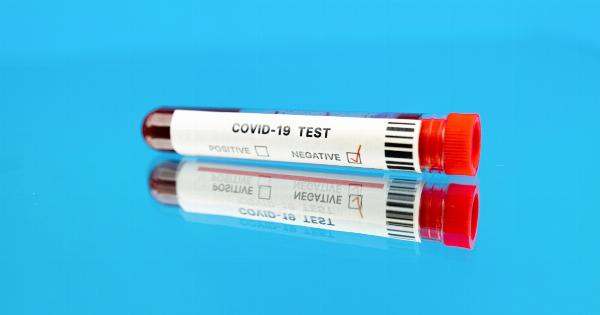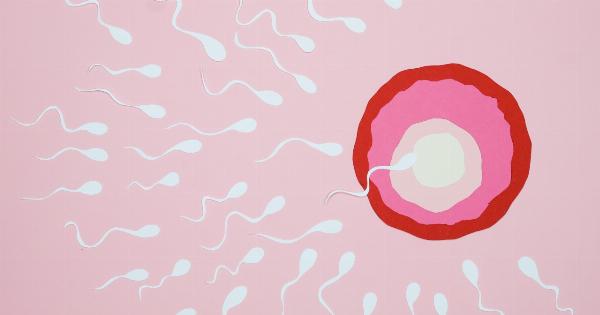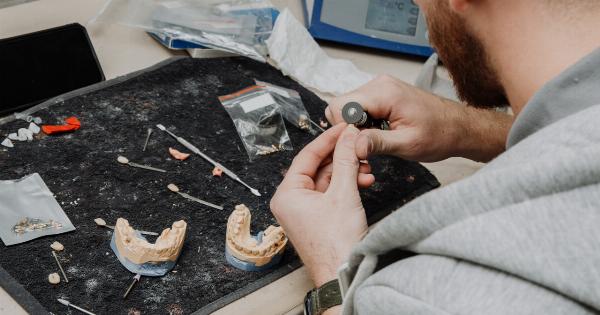IVF (In Vitro Fertilization) is a medical procedure that helps couples struggling with infertility to conceive a baby.
It involves the fertilization of an egg with sperm outside the body, in a laboratory dish, and then transferring the resulting embryo into the woman’s uterus. This revolutionary technique has brought hope to millions of couples worldwide. In this article, we will deconstruct the IVF fertilization process, providing you with a step-by-step guide to understand how it works.
Step 1: Ovarian Stimulation
The first step in the IVF process is ovarian stimulation. The woman is given hormonal medication to stimulate her ovaries and produce multiple mature eggs instead of the usual one egg that is released each month.
This is done to increase the chances of successful fertilization.
Step 2: Egg Retrieval
Once the eggs have reached a suitable maturity level, a minor surgical procedure called egg retrieval is performed. The woman is given anesthesia, and a doctor uses a special needle to collect the mature eggs from the ovaries.
The whole process is guided by ultrasound imaging to ensure accuracy and safety.
Step 3: Sperm Collection
Simultaneously, the male partner is asked to provide a fresh semen sample on the same day as the egg retrieval. If there are any issues with male infertility, the couple may opt for alternative methods such as using donor sperm.
Step 4: Fertilization in the Lab
After the eggs and sperm are collected, they are brought together in a laboratory dish. The eggs are carefully examined under a microscope, and the best quality sperm is selected for fertilization.
There are two main methods of fertilization used in IVF: conventional insemination and intracytoplasmic sperm injection (ICSI).
Step 5: Embryo Development
The fertilized eggs, now called embryos, are placed in a special incubator where they can develop and grow. The embryologists monitor the embryos closely, assessing their progress and quality.
Typically, the embryos are cultured for around 3-5 days before they are ready for transfer.
Step 6: Embryo Transfer
Once the embryos have reached the desired stage of development, they are ready to be transferred into the woman’s uterus. This procedure is simple and does not require anesthesia.
A thin catheter is carefully guided through the cervix into the uterus, and the embryos are gently placed inside. The number of embryos transferred depends on various factors, including the woman’s age and the quality of the embryos.
Step 7: Implantation
After embryo transfer, the woman rests for a short while before she can go home. The embryos will hopefully implant into the lining of the uterus within the next few days. This is the critical stage where successful implantation leads to pregnancy.
Step 8: Pregnancy Test
About ten days after embryo transfer, a blood test is conducted to determine if the woman is pregnant. This test measures the levels of a hormone called human chorionic gonadotropin (hCG) in the blood.
If the levels are positive, it indicates a successful pregnancy.
Step 9: Monitoring the Pregnancy
If the pregnancy test is positive, the woman will continue to be monitored closely with regular blood tests and ultrasound scans. The aim is to ensure the pregnancy progresses smoothly and to detect any potential complications or abnormalities.
Step 10: Pregnancy Confirmation
Finally, after several weeks of monitoring, a heartbeat will be visible on an ultrasound scan, confirming the pregnancy. From this point, the woman will be referred to regular prenatal care, just like any other pregnant woman.
Conclusion
IVF fertilization is a complex yet highly successful procedure that offers hope to couples struggling with infertility. Each step of the process plays a crucial role in increasing the chances of a successful pregnancy.
By understanding the step-by-step guide to IVF, couples can make informed decisions and be prepared for the emotional and physical journey ahead.


























